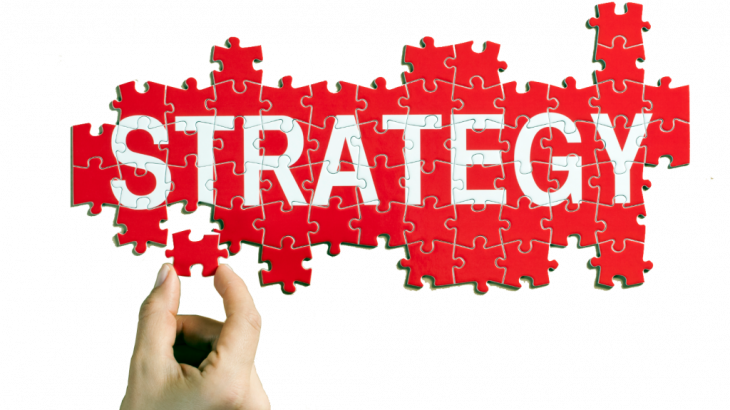Establishing effective goals and incentives for your Human Resources (HR) department is crucial for driving performance, engagement, and overall organizational success. A well-crafted system motivates your HR team to deliver exceptional results while aligning their efforts with broader company objectives. However, designing a program that truly inspires requires careful planning, strategic communication, and continuous evaluation.
1. Define the Purpose and Objectives
Before developing your incentive plan, clarify why you are creating it. Are you aiming to improve employee retention, boost recruitment efficiency, enhance training outcomes, or increase engagement scores? Each goal should directly support your organization’s strategic priorities.
Ensure that the objectives of your HR incentives are:
- Specific: Clearly define expected outcomes.
- Measurable: Establish metrics to track progress.
- Achievable: Set realistic yet challenging targets.
- Relevant: Align with the company’s mission and key performance areas.
- Time-bound: Specify deadlines or review periods.
2. Gather Information and Analyze Past Results
Start by collecting all relevant data to inform your new plan:
- Review previous HR goals and incentive programs to understand what worked and what didn’t.
- Examine company financial reports to ensure that your plan aligns with budget constraints and profitability goals.
- Evaluate employee files and performance records to identify trends and previous incentive outcomes.
- Study industry benchmarks and case studies from other organizations to learn best practices.
This research will help you identify improvement areas and design a program that resonates with your HR team.
3. Involve Stakeholders and Encourage Collaboration
A successful incentive program requires buy-in from both leadership and your HR team.
- Consult with upper management: Gain their commitment early, ensuring that your plan supports organizational priorities.
- Engage HR staff: Solicit input from all team members to understand what motivates them and what barriers they face.
- Network with peers: Speak with HR professionals from other organizations to gather insights and examples of successful incentive models.
Collaboration ensures that your plan is inclusive, motivating, and grounded in real-world experience.
4. Design the Incentive and Goal Framework
Once you have the data and input, begin structuring your program:
- Align HR goals with the company’s mission and annual objectives.
- Set performance metrics such as time-to-hire, employee satisfaction rates, training completion, or retention levels.
- Select incentive types—monetary bonuses, professional development opportunities, recognition awards, or extra leave days—based on what best motivates your team.
- Develop a communication plan to explain the purpose, benefits, and expectations of the program.
Ensure that every HR team member can influence the results through their actions—otherwise, motivation and accountability will diminish.
5. Launch and Communicate the Plan
Host a kickoff meeting to introduce the new HR goals and incentives.
- Clearly communicate expectations, timelines, and evaluation criteria.
- Encourage open dialogue and address questions or concerns.
- Highlight how the program contributes to personal growth and organizational success.
Transparency and enthusiasm during the rollout phase are key to gaining full participation.
6. Monitor, Evaluate, and Adjust
Implementation doesn’t end with the launch—ongoing monitoring is essential.
- Track progress through established metrics and regular performance check-ins.
- Collect feedback from HR team members and managers.
- Share updates and celebrate small wins to maintain motivation.
- Adjust goals, incentives, or communication methods as needed to improve results.
End-of-cycle reviews should focus on what worked, what didn’t, and how the next cycle can be optimized.
7. Best Practices and Common Pitfalls
Tips for Success:
- Secure upper management support early in the process.
- Maintain open communication throughout the program.
- Recognize both team and individual contributions.
- Regularly review progress and remove barriers to success.
Avoid These Mistakes:
- Setting goals beyond employees’ control.
- Ignoring feedback or failing to adjust when issues arise.
- Overcomplicating the system with too many metrics.
- Neglecting to communicate achievements and progress.
Final Thoughts
Developing HR department incentives and goals is not a one-time effort—it’s a continuous process that evolves with your organization. When designed thoughtfully, such programs not only motivate your HR professionals but also enhance overall productivity and contribute to the company’s long-term financial success. The key lies in planning carefully, communicating clearly, and keeping people at the center of every strategy.







